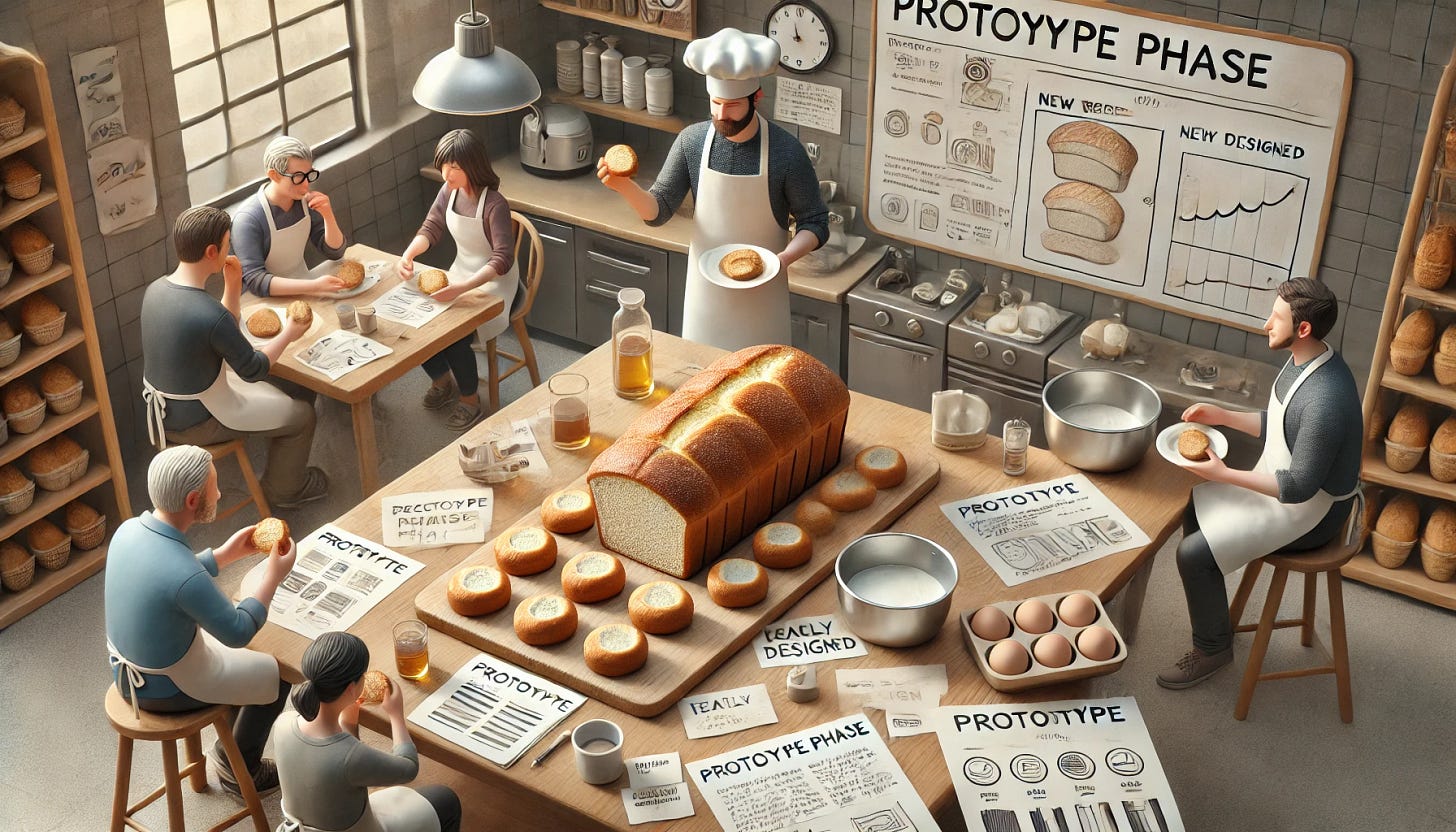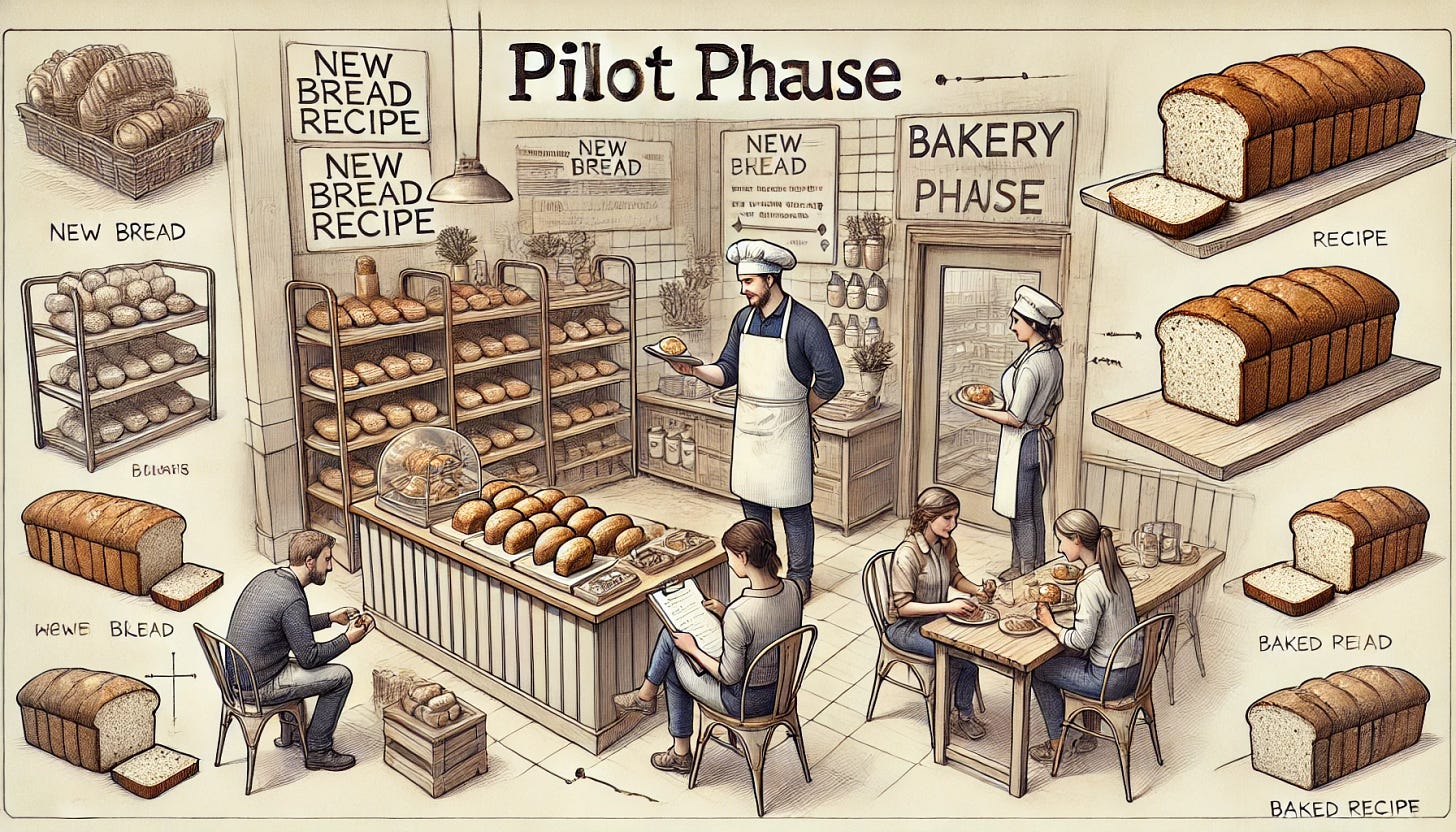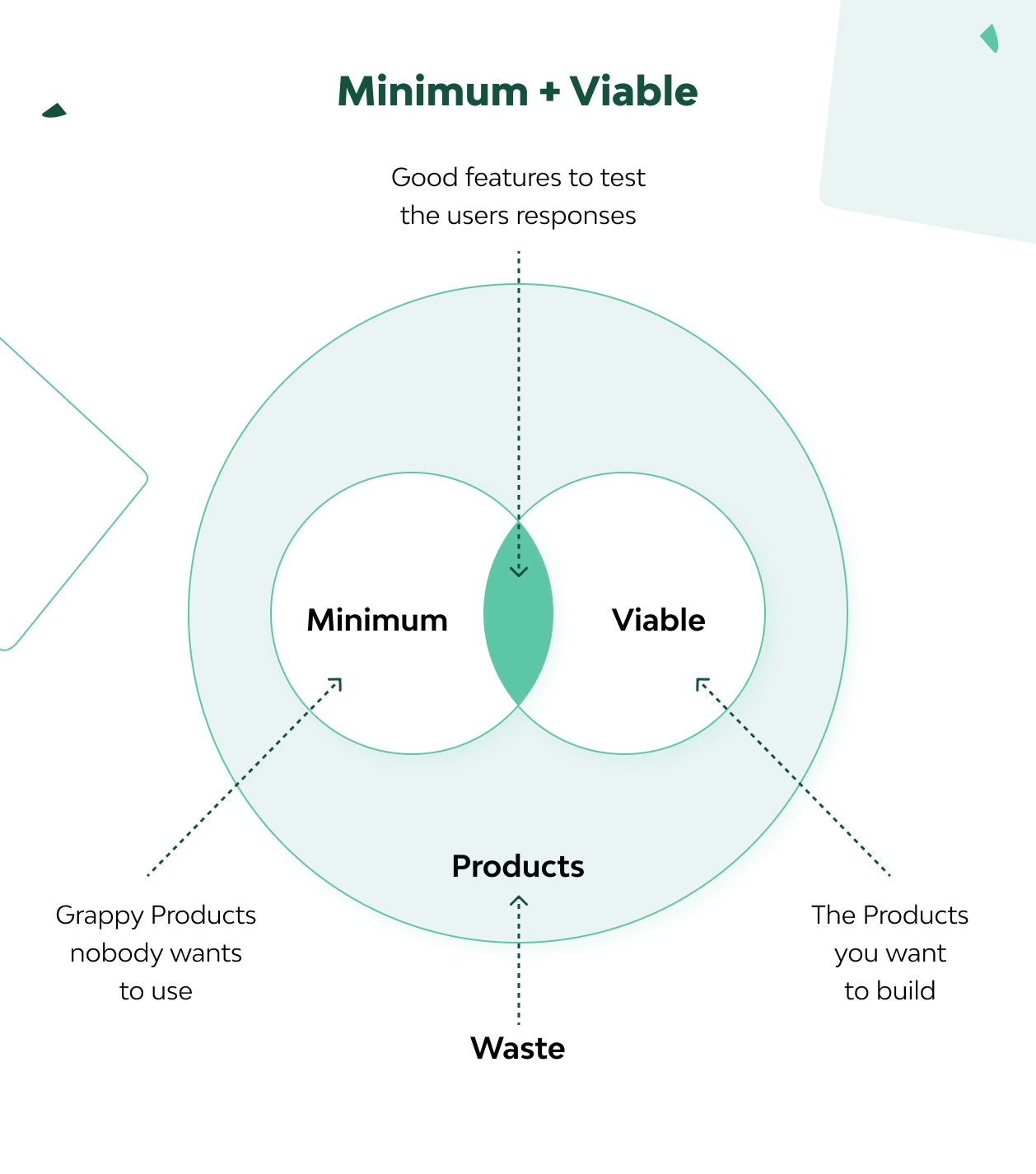Venturing Insights #9 - From PoC to MVP: Navigating the Alphabet Soup of Innovation
In the world of innovation, navigating acronyms like MVP, PoC, Prototype and Pilot can feel like learning a new language. Here's a quick guide for you!
Previously on Open Road Ventures: in the last episode of Venturing Insights, we discovered micro and macro innovation. If you missed it, find out more here!
Many people find terms like PoC, MVP, Pilot, etc… confusing, often using them interchangeably or misunderstanding their distinct purposes. This confusion can lead to misaligned expectations and project delays.
We're here to demystify these terms and show you how to use them effectively in your innovation journey.
Understanding the Stages: From PoC to MVP
It's essential to understand the differences and purposes of PoC, Prototype, Pilot, and MVP, also when valuing a startup or assessing the maturity of a product or project.
Let's explore the differences and purposes of these terms through practical examples to see how each fits into the product development lifecycle.
Proof of Concept (PoC) - Testing the Idea 🧪
What It Is: A PoC is a small exercise to test a specific concept or theory, determining if it can be developed into a working model.
Purpose: Demonstrate that the solution (and its variants) could work.
Project phase: Early stages of development.
User interaction: Not necessary; evaluations are done by the team (R&D, Product Development).
Venturing considerations: Investors look for the feasibility and technical viability of the idea. Successful PoC indicates that the startup has a promising concept that could potentially develop into a scalable product.
💡 Tips:
Focus on core hypotheses: Test the most critical aspects of your idea that need validation.
Keep it simple: Avoid over-complicating your PoC. Simplicity ensures clear results.
Safe environment: Conduct the PoC in a controlled environment to mitigate risks.
🥐 Example: New recipe for a bakery - A bakery wants to introduce a new type of bread with a unique ingredient. They bake a small batch to test if the ingredient works well in the bread and tastes good.
Prototype - Bringing the Idea to Life 🛠️
What It Is: A prototype is a preliminary version of the product, providing an early look at its design and functionality.
Purpose: Create the first functional version of the product.
Project phase: Final stages of development.
User interaction: A few selected users or stakeholders provide feedback.
Venturing considerations: A prototype demonstrates the startup’s ability to turn an idea into a tangible product. Investors see the potential for market fit and the company’s capability to progress from concept to product development.
💡 Tips:
Gather feedback early: Use the prototype to collect initial feedback from selected users or stakeholders.
Iterate quickly: Be prepared to make rapid changes based on feedback and findings.
Focus on key features: Include only essential features needed to demonstrate the concept.
🥐 Example: Sample breads for tasting - After the initial test, the bakery creates a few different loaves using the new ingredient and shares them with a small group of loyal customers and employees for feedback on taste and texture.
Pilot - Testing in a Controlled Environment 🚀
What It Is: A pilot involves releasing the product on a small scale, typically to a limited audience outside the development team.
Purpose: Conduct "test drive" with the aim of validating initial assumptions.
Project phase: Pre-launch phase.
User interaction: The solution is given to a few users and decision-makers for a set period.
Venturing considerations: Pilots provide real-world validation of the product. Investors gain insights into user adoption, potential market acceptance, and any necessary refinements before scaling up.
💡 Tips:
Select test users carefully: Choose a representative sample of your target audience.
Monitor closely: Keep a data-driven approach on how users interact with the product to identify issues.
Gather detailed feedback: Use surveys and interviews to understand user experiences and suggestions.
🥐 Example: Limited sale of new bread - The bakery offers the new bread for sale in just one of its locations to see how well it sells and to gather customer feedback on the purchase experience and overall satisfaction.
Minimum Viable Product (MVP) - The Initial Step to Market 🌟
What It Is: An MVP is the simplest version of a product or service designed to efficiently test and validate the core value proposition with real customers.
Purpose: Collect customer feedbacks, determine if there is a market and if additional features are necessary.
Project phase: Market testing phase.
User interaction: Intensive; the product must be in the hands of as many (selected) users as possible.
Venturing considerations: An MVP indicates the startup is ready for broader market engagement. Investors see the potential for scaling and further development based on customer feedback and initial market performance.
💡 Tips:
Avoid the temptation to please everyone: Marketing research aims to clarify if your product has an audience and what the expectations of that audience are. What do your users really appreciate? What’s the main difference between your product and any competitor? Here are the two main questions you need to answer.
Solicit customer feedback: Implement areas for feedback to continually improve the product.
Prepare for scale: Ensure your MVP is robust enough to handle increased user load as it gains traction.
🥐 Example: Initial market launch of new bread - After a successful pilot, the bakery rolls out the new bread to its locations, ensuring it has the basic qualities that customers loved. They continue to gather feedback to improve and possibly expand the line.
Using the KANO Model to choose features for release
Each persona (or user type) may have different expectations and needs. Use models like the KANO model to understand and prioritize these needs. The KANO Model categorizes features into three types: Must-Haves, Performance, and Delighters, helping prioritize which features to include in a product release.
Must-Haves are essential for the product to be viable. For a smartphone, Must-Haves include basic functionalities like a functioning display, making calls, sending texts, and having a stable operating system. Without these, the product won't be usable.
Performance features increase customer satisfaction linearly with sophistication. For a smartphone, this could be battery life, camera quality, or processing speed. Better performance in these areas directly enhances user satisfaction.
Delighters are unexpected features that greatly enhance satisfaction. Examples for a smartphone include innovative features like facial recognition, wireless charging, or advanced AI capabilities.
To apply the KANO Model:
Understand customers: Conduct interviews and research to see how customers categorize features.
Competitive differentiation: Identify how your product can stand out from competitors.
Prioritization: Ensure Must-Haves are covered first, then balance Performance features and Delighters based on their potential impact.
What else after MVP?
Up to MVP, is the real juice. After the MVP stage, there are other fancy names for further developments:
Minimum Marketable Product (MMP): The version of the product that has potential to be presented to the market.
Minimum Marketable Release (MMR): The version that MMP evolves into and gets released into the market.
Minimum Marketable Feature (MMF): The crucial features of the product that have the potential to be released as an individual product
Minimum Lovable Product (MLP): Version in which the basic features are improved in quality and made enjoyable in order to make the customer fall in love with the product
In Conclusion
Understanding and effectively using PoC, Prototype, Pilot, and MVP stages can significantly enhance your innovation process. These stages are crucial not only for product development but also for evaluating the potential and maturity of startups. Keep it simple, embrace failure, and always focus on delivering real value to your users. With these strategies, you’ll navigate the alphabet soup of innovation with confidence and clarity.
Remember, innovation is a journey, not a destination. Keep experimenting, learning, and evolving!










